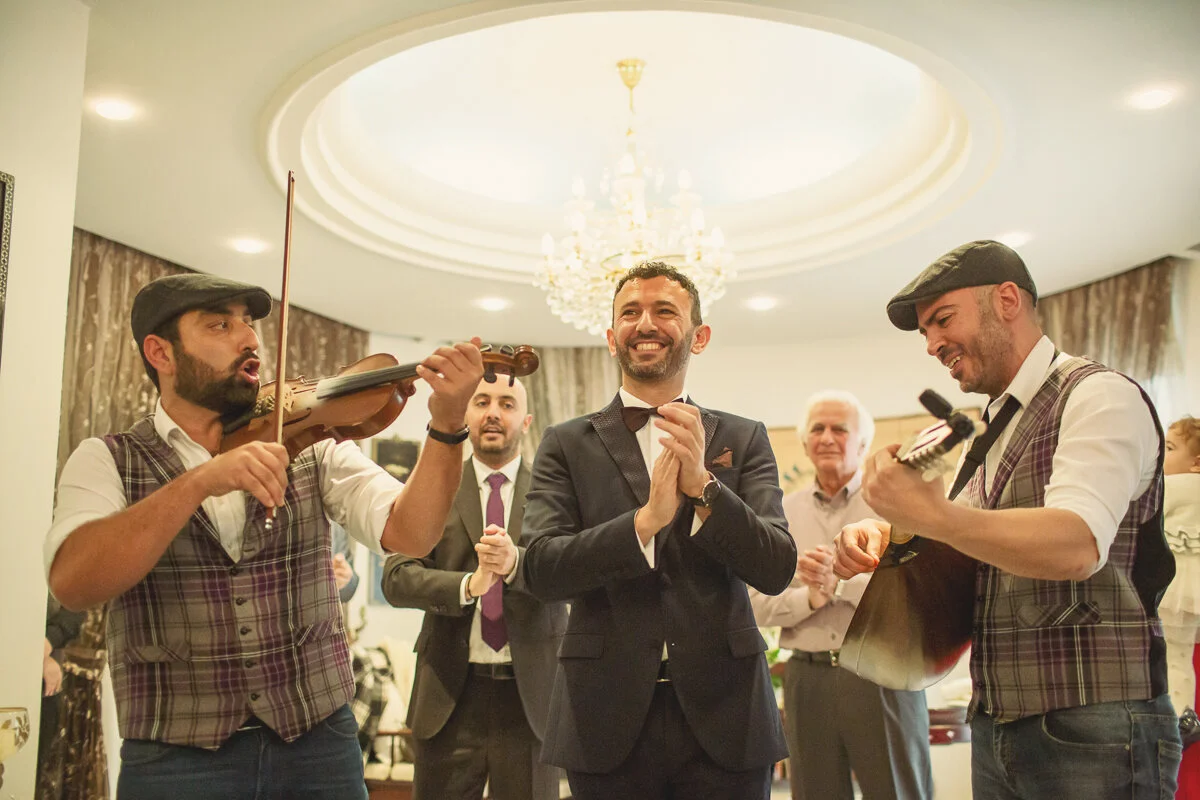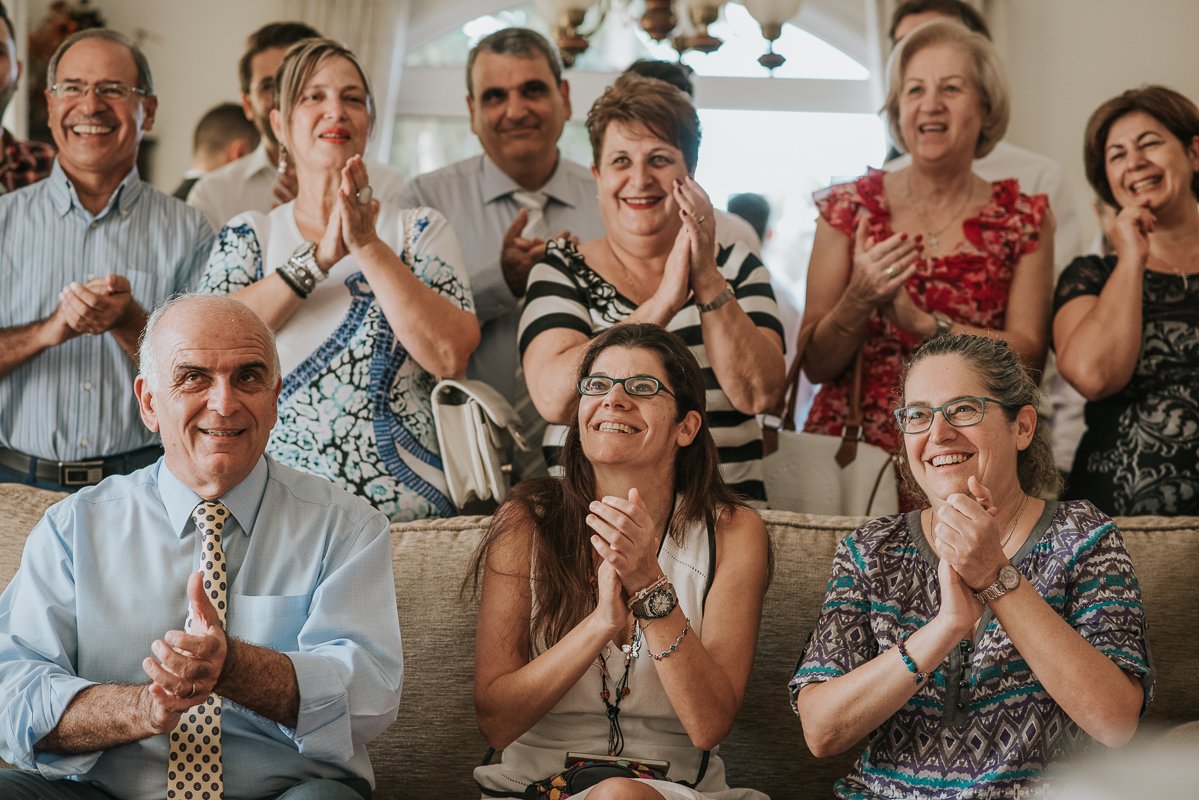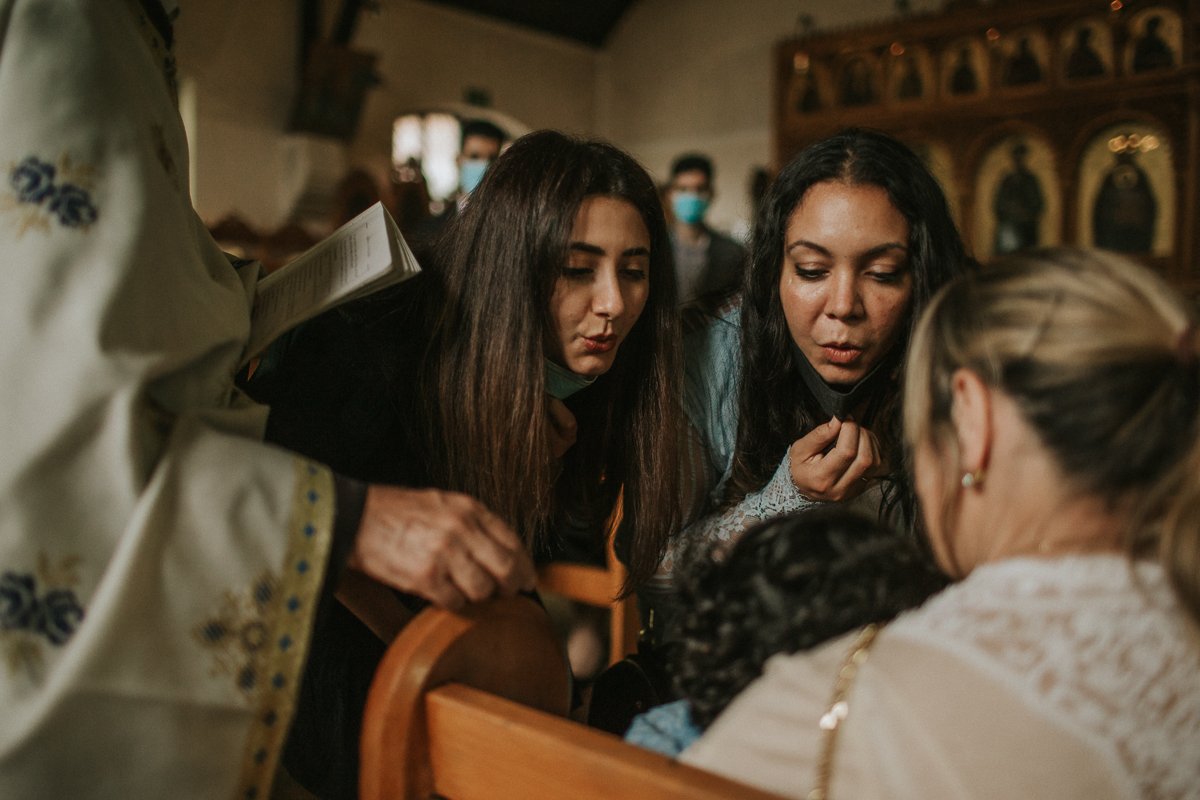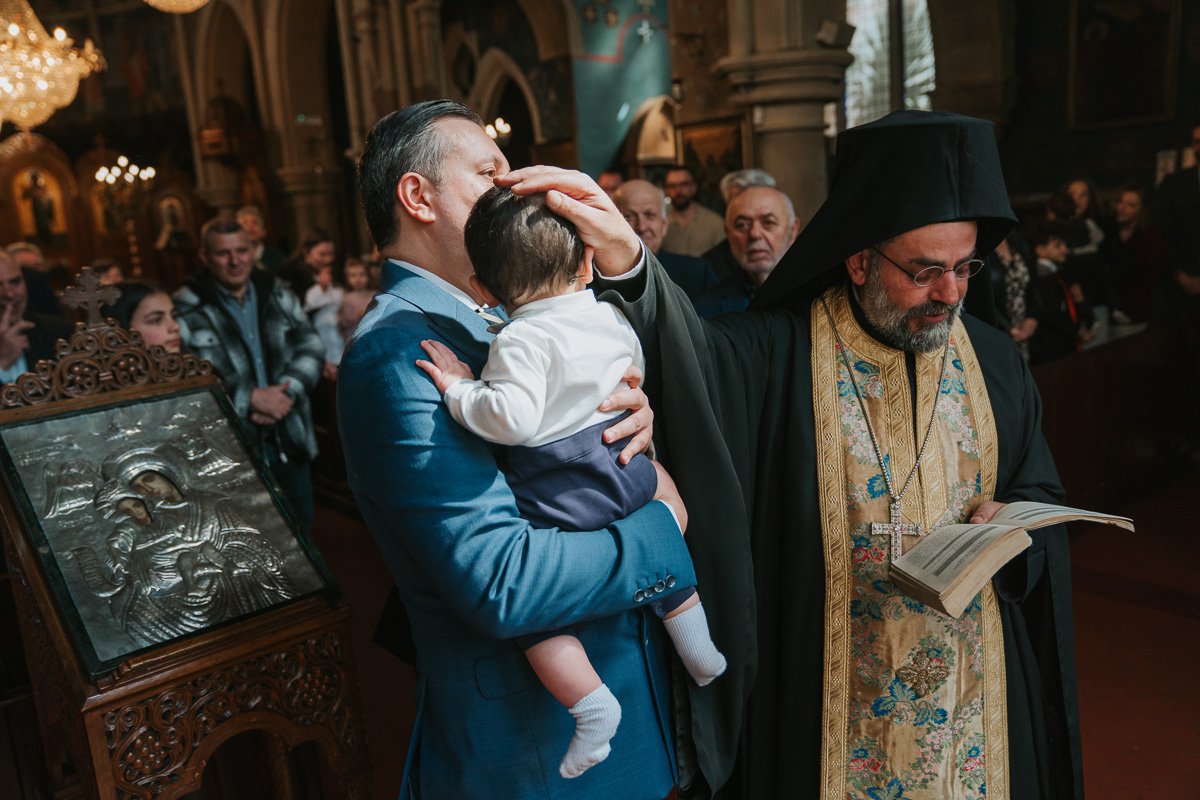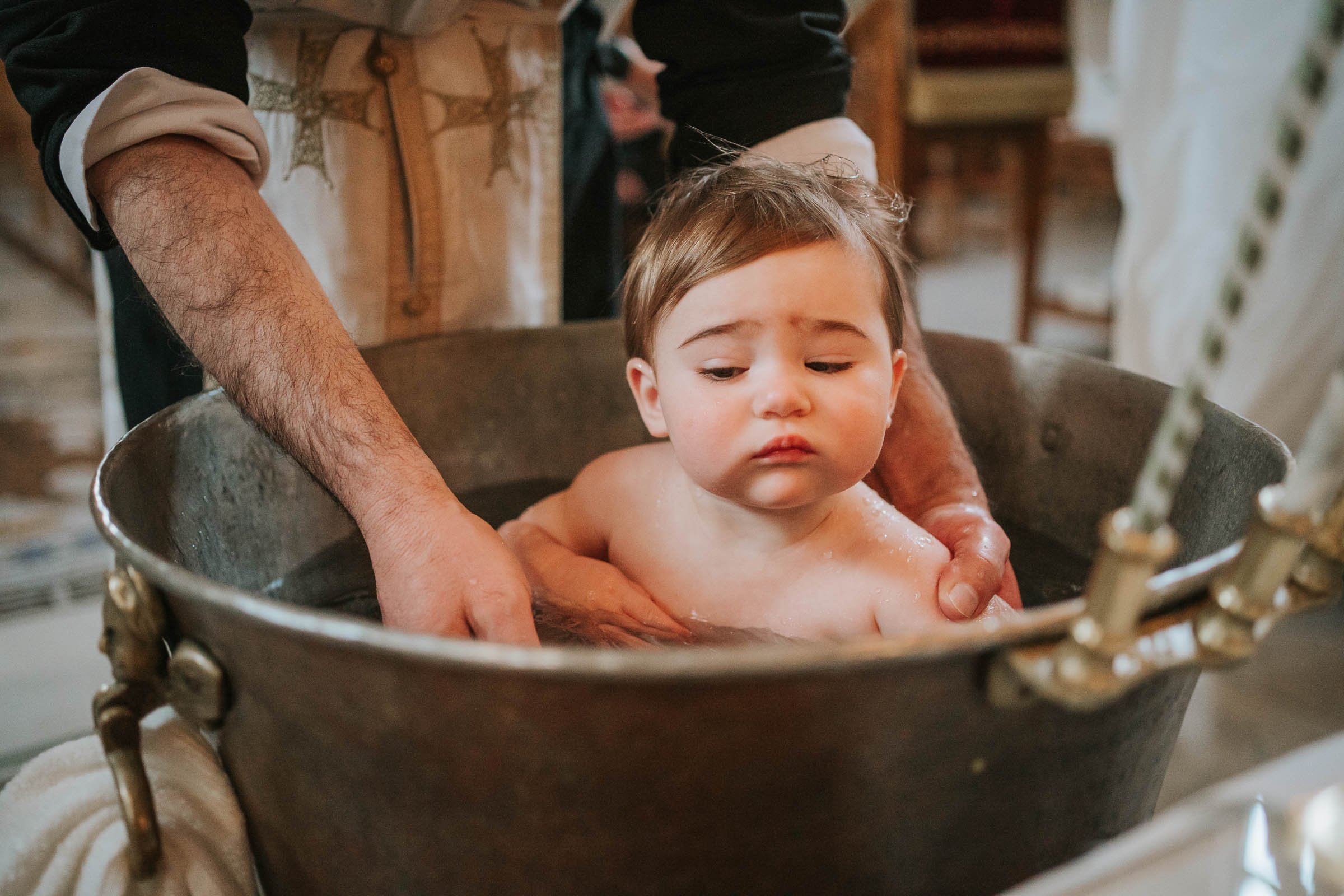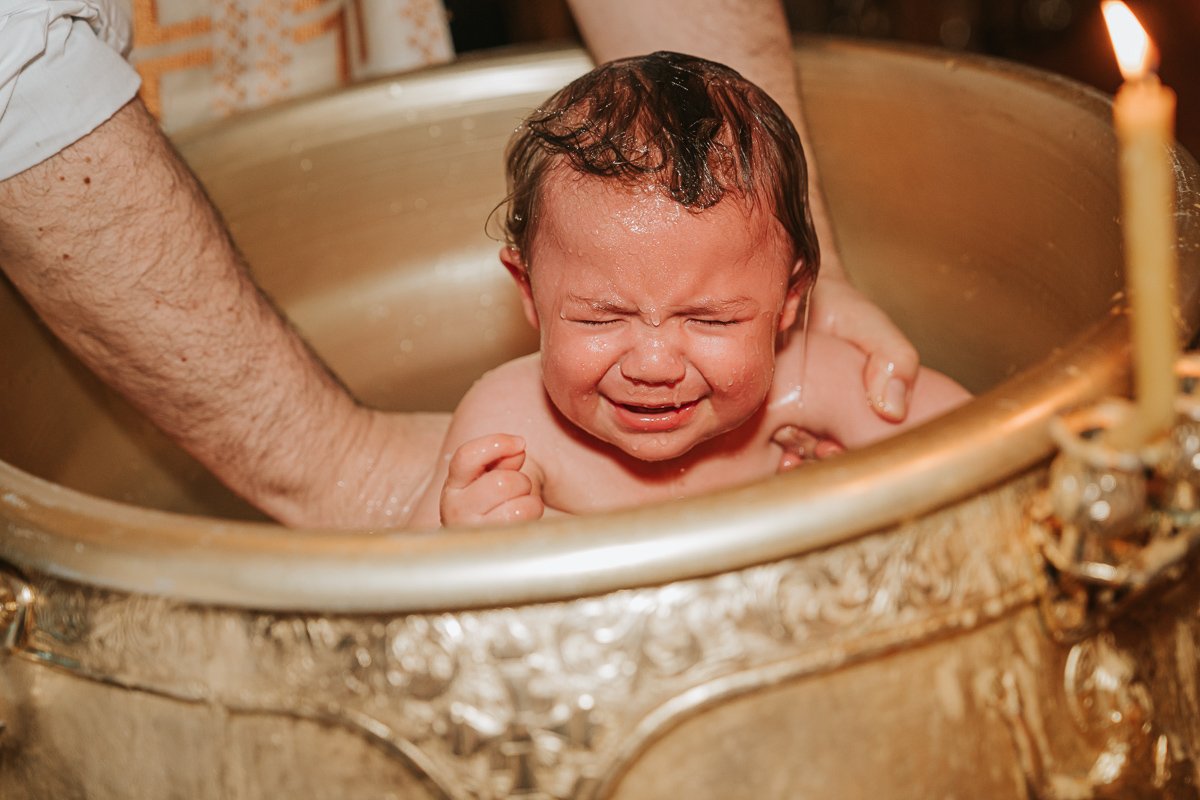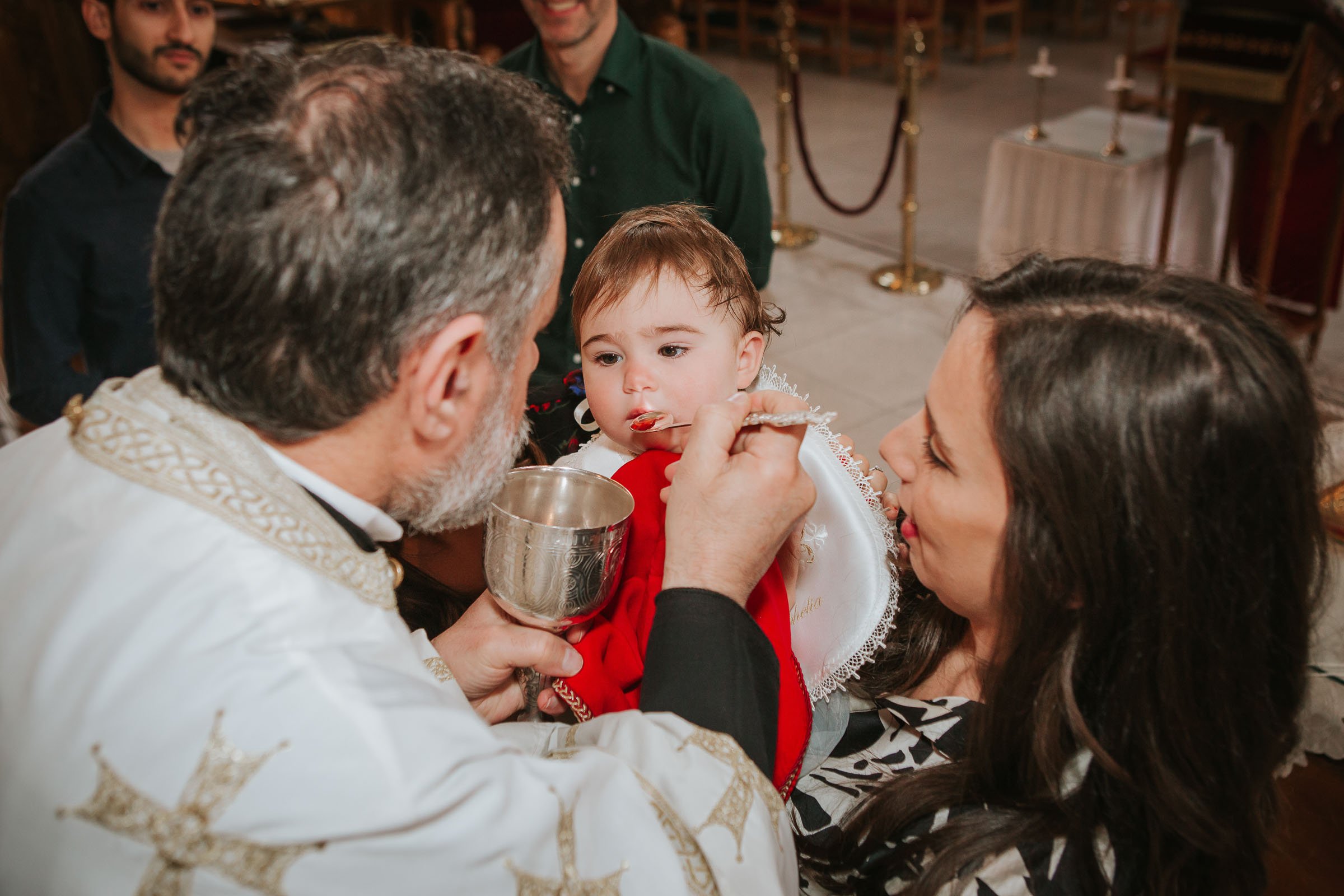As a Cyprus wedding photographer for many years and now a London wedding photographer, I have always enjoyed the custom of having musicians present at a Greek wedding. When I arrive at a Groom’s Stolisma and prepare to shoot - the musicians arrive shortly afterwards and take their place next to the Groom’s chair - where he will be shaved and dressed by the best man according to tradition. Myself, the vidoegrapher and the guests are all ready and waiting for the music to start and the groom to enter the room and take his seat. The groom’s family stand behind his chair and the guests, who are mainly relatives of the groom and his family, gather around to watch the ceremony and be ready to participate.
All images taken by Christine Constantine Photography.
The musicians start playing the introduction of the main wedding song and the groom enters the room and takes his seat next to the musicians. The ceremony starts. The groom is dressed in a white vest. The ceremony starts when the musicians perform the main wedding song . The singer performs some verses of the wedding song and then the best man prepares the clothes for the shaving which is the first custom, starting the ceremony. All the customs are performed with the accompaniment of the violinist or the lutenist, who give instructions through the lyrics of the song.
The musicians always start performing the wedding song with these lyrics: “Oran kalin tzi ora agathin, tzi oran evloimenin, touti douleia p’ akepsamen, na vgei stereomeni”. The main wedding song starts with this greeting to the new couple and the poetic content is one of its most important features. The instrumental music is secondary to this. The lyrics sung are those of the wedding song, which will stimulate the guests and the couple to experience a variety of feelings. The wedding song has many couplets and refrains with different lyrics, which are repeated several times until all the customs are performed.
Some couples also opt for their wedding musicians to lead the procession to the church. as was the tradition in years gone by when many couples lived within walking distance of the church.
All images taken by Christine Constantine Photography.

